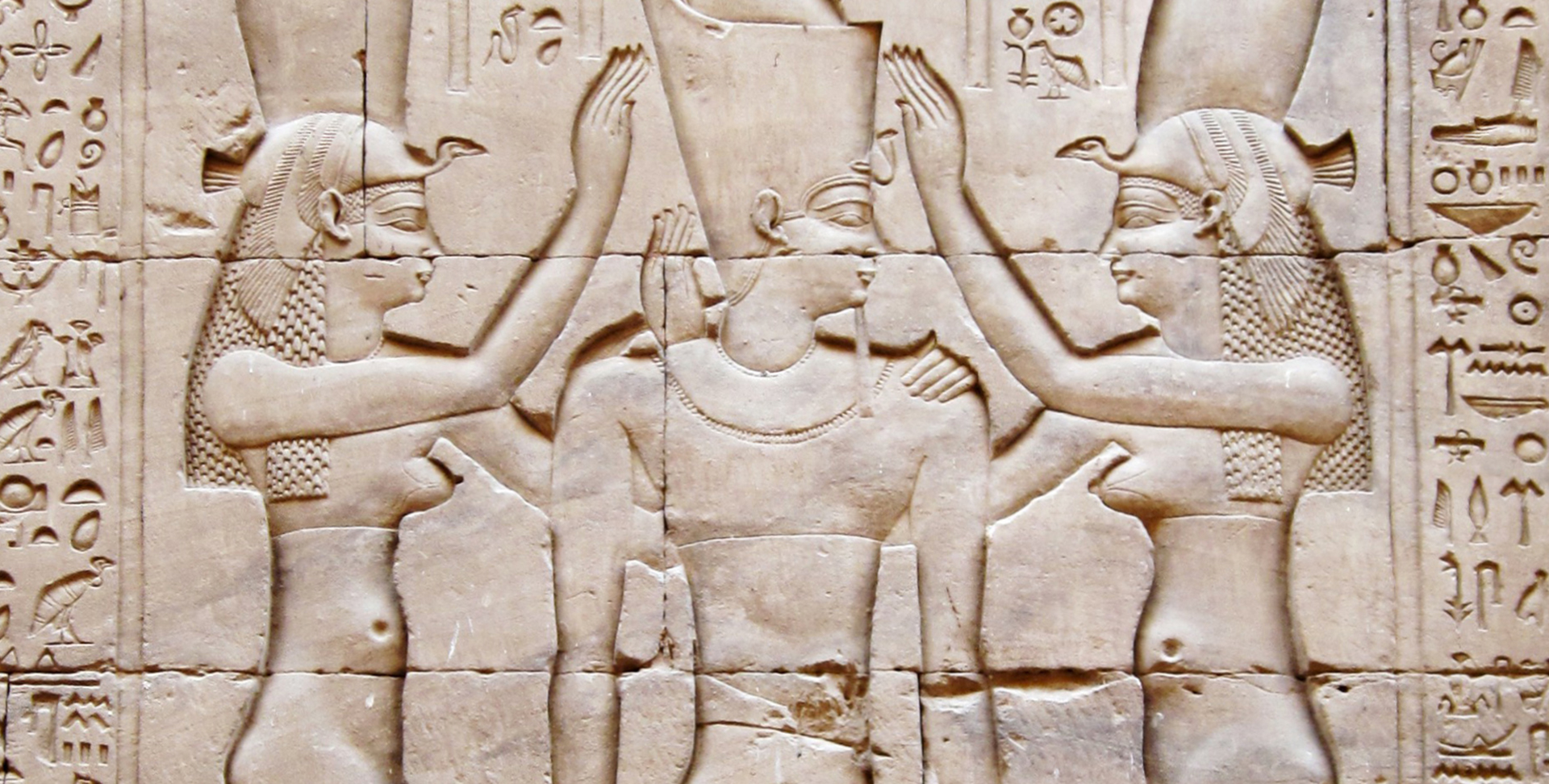

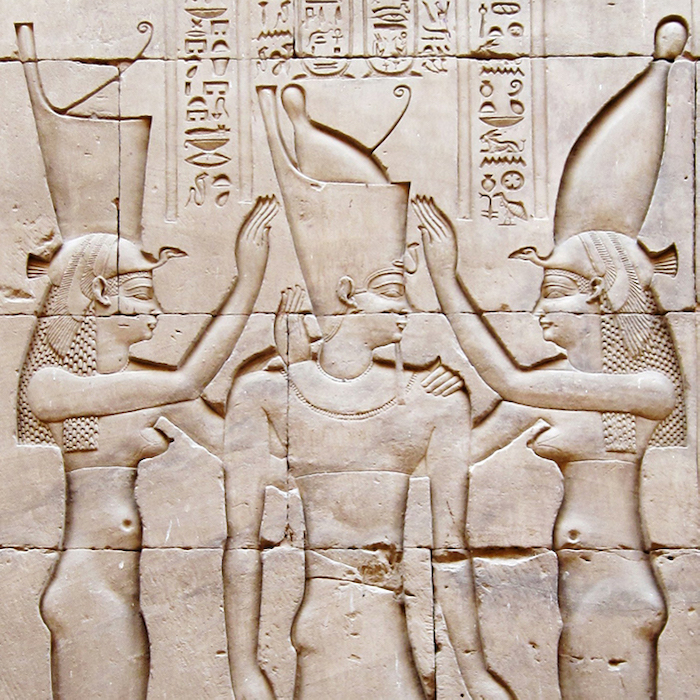
…protecting the kingdom, conquering new territories and building fortresses.
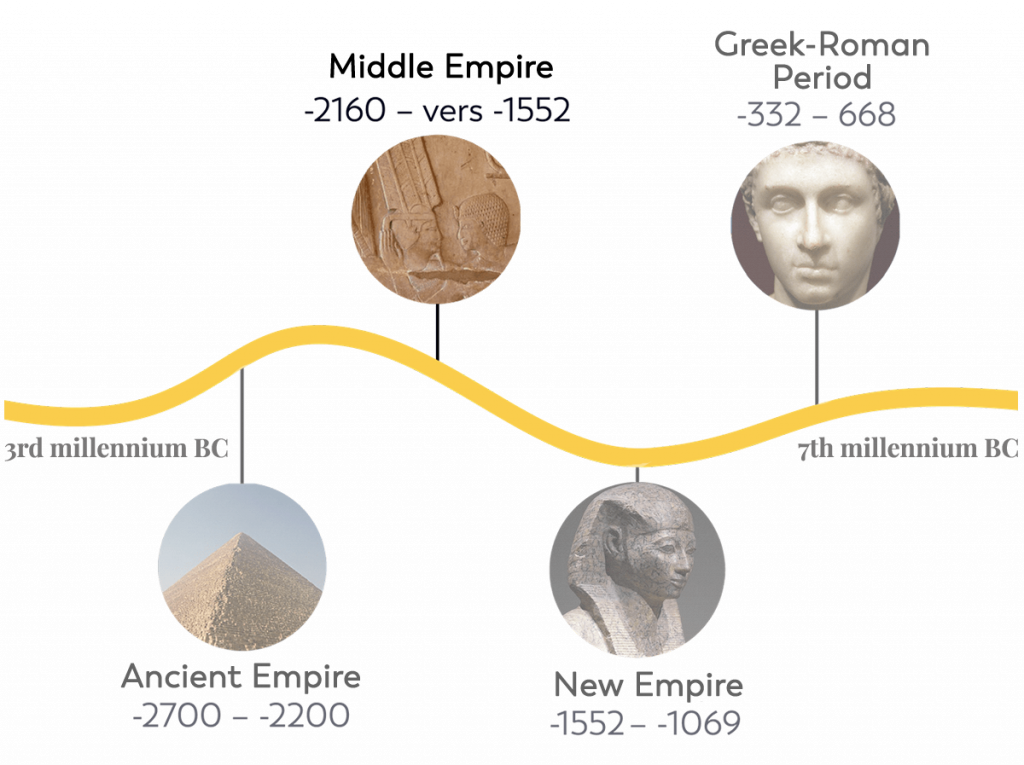
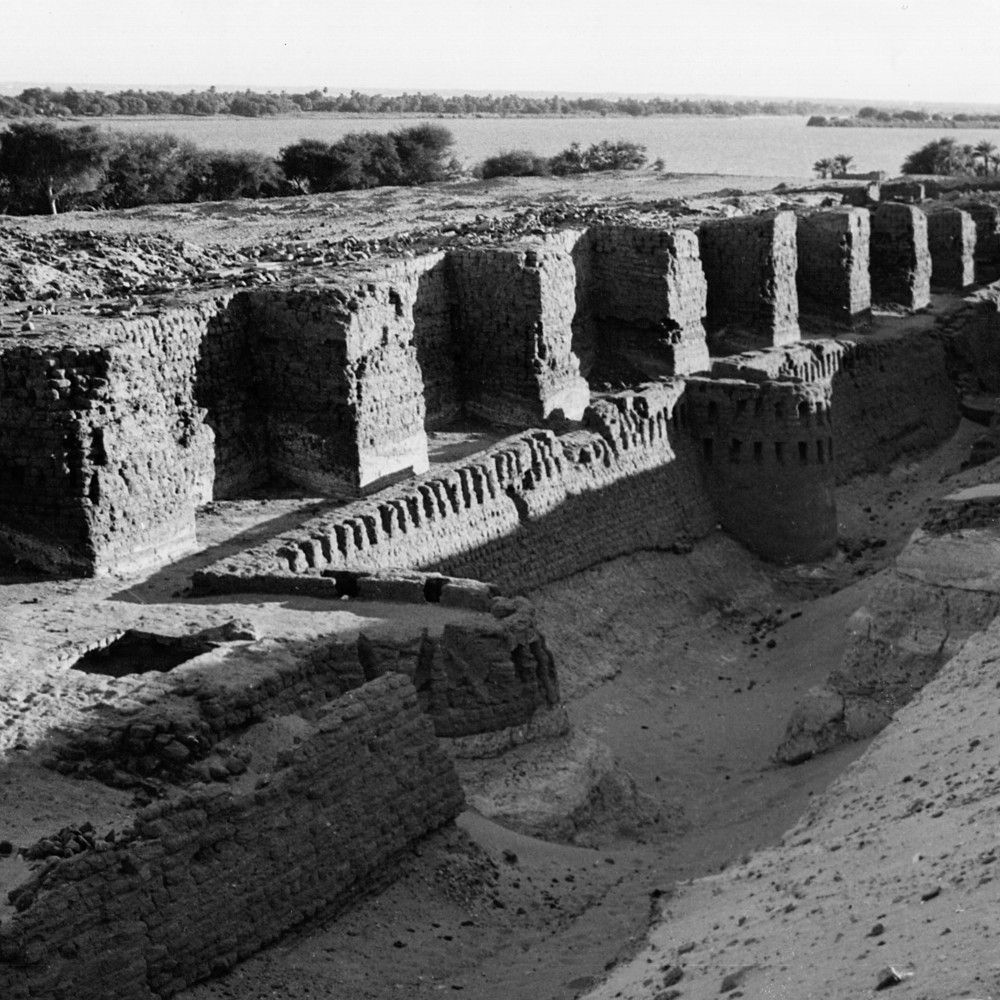
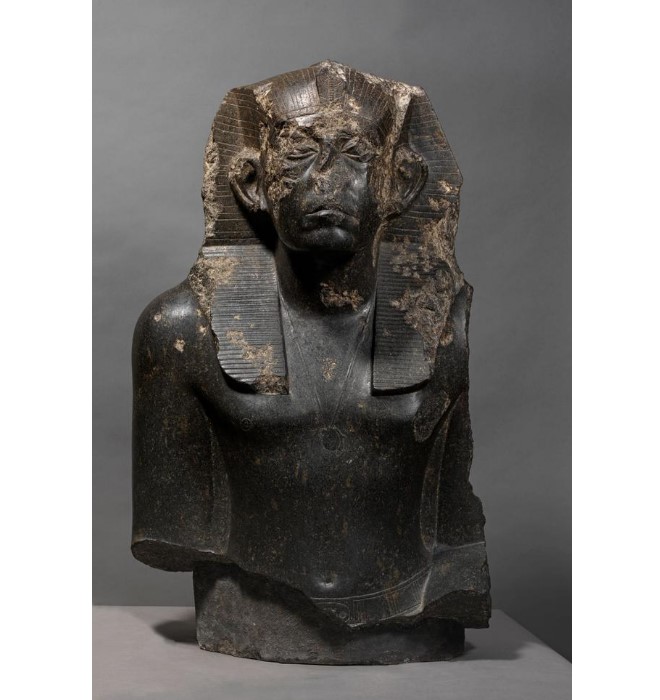
To make sure everyone knew who the boss was, the Pharaohs had a lot of portraits of themselves painted. Paintings of Pharaoh Sesostris lll portrayed him as old and tired. Why did he have shadows under his eyes and wrinkles? This was the first time it had happened to an Egyptian Pharaoh, usually portrayed as perfect.
The Pharaoh, however, wanted to be seen as more human and closer to his people in those difficult times. We should note that he was still the strongest because his body looked like that of a young, fit athlete!

Portraits of the Pharaohs of the Middle Kingdom showed their power and beauty (even to the point of exaggeration).
The next kingdom was a period of great prosperity. The Pharaohs had conquered extremely rich territories and wanted to show it!
For example, in Karnak, temples were built and decorated in honour of Amon, the god responsible for the great military victories.


Sometimes history is “slightly” rewritten. This is the case in this portrayal of Ramses ll on the Temple of Abu Simbel. We see him during the battle of Kadesh crushing his enemies with great ease. It is said that, in reality, it was not far from a catastrophe…


The Pharaohs liked to portray their military victories, sometimes enhancing them.
Nothing could be easier than recognizing the Pharaoh on the works of art! He often wore the same accessories:

The Pharaohs’ accessories – sceptres and false beard or nemes – have become iconic.

Hatchepsout was a woman Pharaoh who lived two thousand years before our time.
How about that! The New Empire was full of untypical Pharaohs. Overnight, Pharaoh Akhenaton decide to merge all the gods into a single image, that of Aton, the sun.
And to drive the point home, he modified the rules of Egyptian art – no way did he want to look like his predecessors!
The same was true of his wife, Queen Nefertiti.
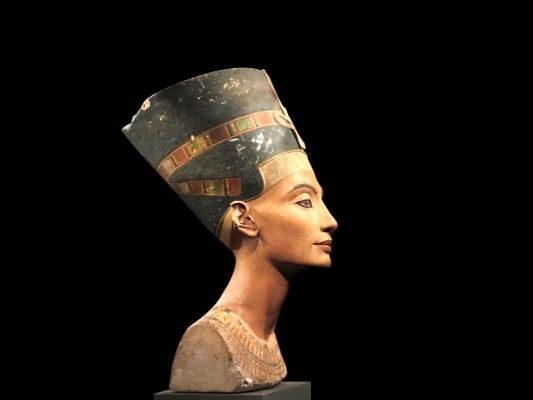

Akhenaton and Nefertiti created the cult of Aton as the only deity and overturned Egyptian art codes.
Artistic traditions were re-established. If we take a closer look, we discover that two techniques existed for decorating Egyptian monuments that even Akhenaton had used:

Egyptian monuments are decorated using two types of bas-relief techniques (relief or sunken relief).
All good things come to an end, even the Egypt of the Pharaohs! After invading the Persian Empire (as in Mesopotamia), then the Greeks, General Ptolemy took over leadership of the country. He founded the “Ptolemaic” dynasty of which the last queen was none other than Cleopatra.
The “Queen of queens” fought tooth and nail to protect her country’s independence from Rome, but the Battle of Actium (in 31 BC) proved fatal. From then on, Egypt belonged to Rome!


Cleopatra, who was from the Ptolemaic dynasty; tried to defend Egypt’s independence but Rome got the upper hand in 31 BC.

"*" indicates required fields